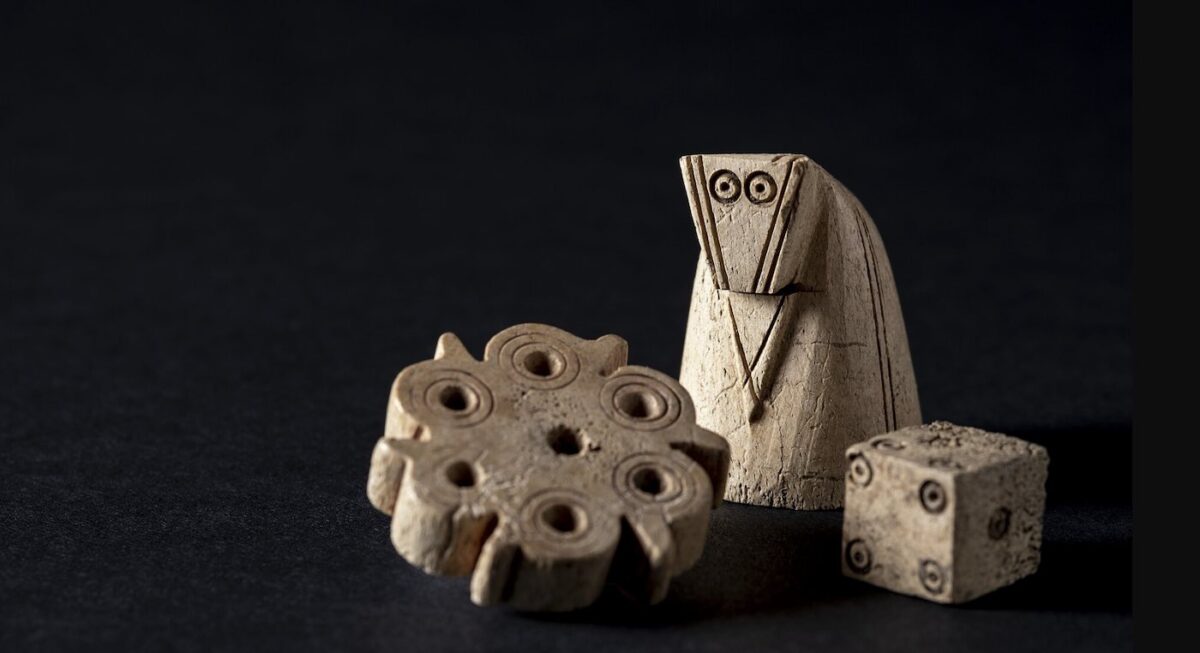1,000 Year Old Gaming Pieces Found in German Castle

A set of 1,000-year-old game pieces discovered in a German castle provides new insights into medieval pastimes. The set includes four flower-shaped pieces, a six-sided die, and a knight chess piece, all carved from antler.
The knight piece, showing wear from frequent use, indicates it was used extensively in chess games. The flower-shaped pieces retain traces of red paint, suggesting a two-player game with different colored sides.
These pieces were found under a wall segment in Stahleck Castle in Baden-Württemberg, Germany, and date back to the 11th century. The excavation was conducted by experts from the University of Tübingen, the State Office for the Preservation of Monuments Baden-Württemberg (LAD), and the German Archaeological Institute (DAI).
Dr. Jonathan Scheschkewitz from LAD noted that chess was one of the seven skills a knight should master in the Middle Ages, explaining why chess pieces are commonly found in castles. Chess, introduced to Europe from Persia in the early Middle Ages, has largely retained its original rules.
Dr. Lukas Werther from DAI highlighted the unexpected discovery of a complete game set from the 11th/12th century, emphasizing the significance of the knight piece.
An exhibition featuring the Stahleck findings and other medieval artifacts will be held at Pfullingen Schloss from June 15th to August 30th, showcasing the game pieces and exploring medieval gaming practices.